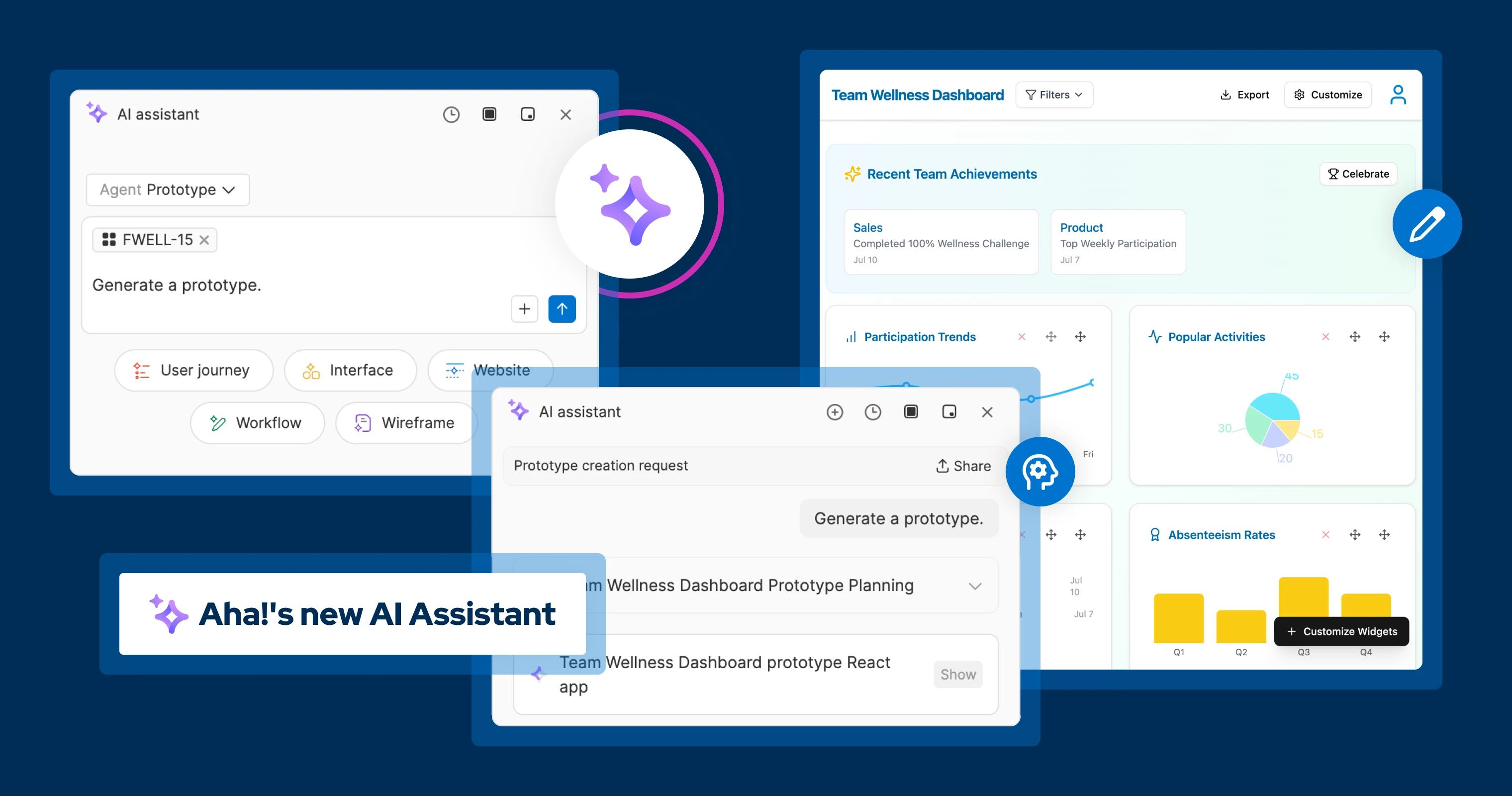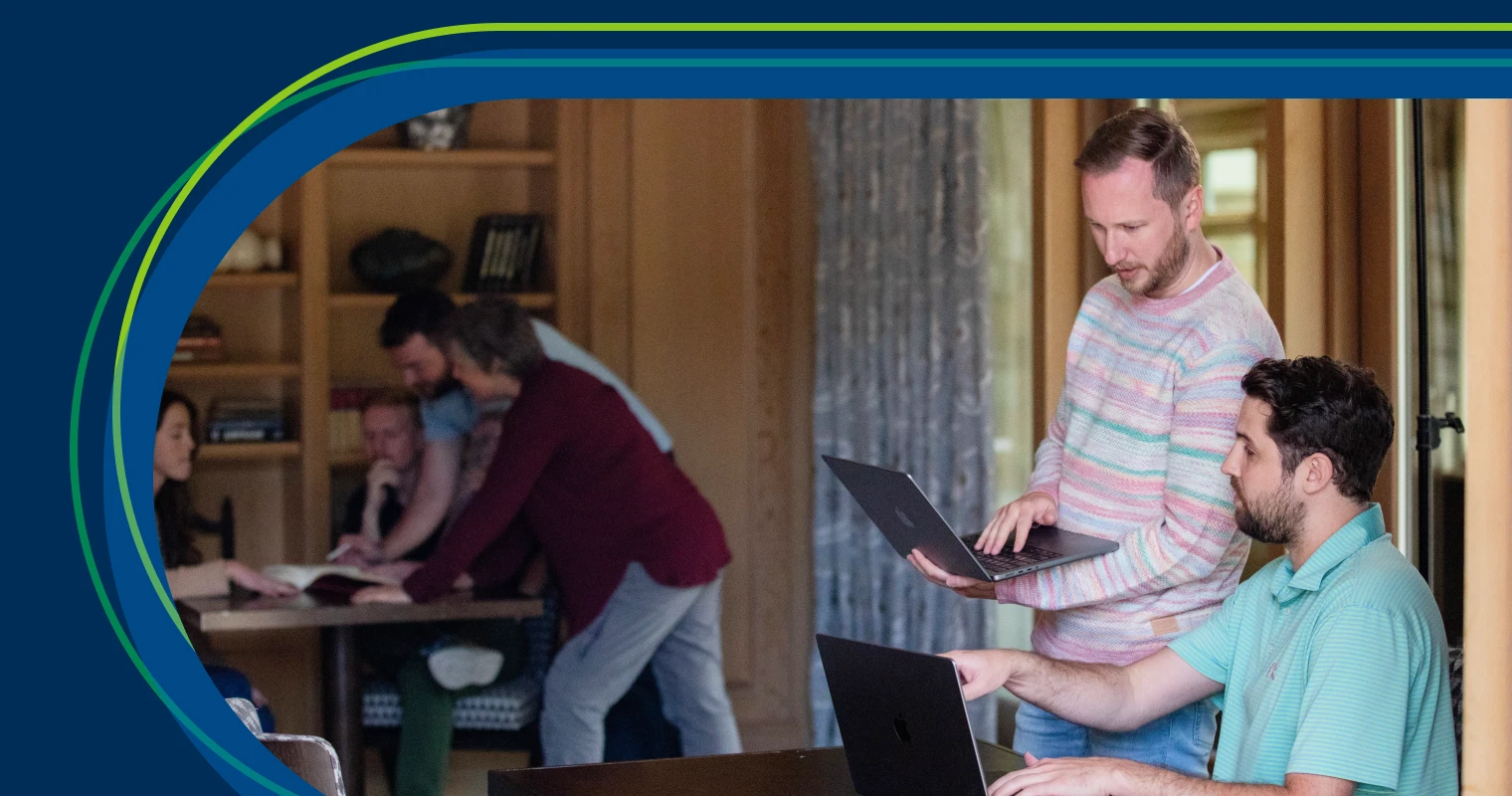
Fearful of layoffs and blaming AI? There is more to the story for most of us who work in tech. | Photo by Jodi B Photography
Is AI why we are seeing so many layoffs?
I called it tech's "summer of pain." This was back in 2022, when I wrote about the reductions in force, hiring freezes, rescinded offers, and even slashed bonuses that marked the turning point of the pandemic hiring boom. By the end of the year, nearly 200,000 people would be laid off. Then, roughly 264,000 tech jobs lost in 2023 and 153,000 gone in 2024. We can expect more of the same this year — but something new seems to be at the center.
Why are we seeing so many layoffs in tech? Plenty of people would have you believe that AI is to blame.
That line of thinking makes for good and grabby news headlines. And there is some truth behind the AI blame game — a few companies have been open about how they are replacing workers with automation. For example, the parent company of Indeed and Glassdoor recently announced a 6% reduction in force, citing AI specifically.
You may have also seen where CEOs have publicly claimed that AI will replace at least half of knowledge workers in the U.S. alone. And you have seen others promote the idea that they are hiring autonomous coders (who all have the same name).
I think the connection between AI and layoffs is more subtle, albeit muddled in promise and fear. AI will replace certain types of work. (That does seem inevitable.) And no leader wants to be late to make meaningful investments in new tech. The issue is that AI investments — especially at a large enterprise scale — are really expensive, and markets are stalled.
It is not so simple as 'AI is replacing people and taking all the tech jobs.' Companies do not want to be left behind, and the cost needs to be offset with savings from somewhere.
At Aha! we have been doing many demos of our transformative new AI assistant, which just launched publicly this past week. In every conversation, it has been clear that executives (many at the world's largest companies) are eager to advance AI initiatives to improve performance and keep pace with innovation. Most are still hazy on exactly what that means, though.
The one thing they do know is there is no time to dawdle. So, they are running internal pilots in often random directions and trying to show some value in real time. This presents challenges for the organization and is where some of the AI fear lurks.
Layoffs are being driven by larger market forces. But you do not want to stand by and watch as the promise of automation consumes your work, either.
Here are my suggestions for product builders dealing with the promise and fear of AI:
Embrace the ambiguity
You are uniquely positioned to tolerate uncertainty. Yes, AI is evolving and impacting our work at breakneck speed, and the not knowing can create anxiety. But the best product builders thrive in ambiguous environments and welcome the unknown. Instead of wallowing in fear, embrace this as a chance to experiment, learn, and adapt.
Advocate for it
You have an opportunity to help shape how AI integrates into product development at your company. Do not sit idly and wait to be left behind. This is not about replacing human creativity or judgment — it is about using AI to amplify capabilities and focus on activities that will deliver the most value. Position yourself as the champion of AI augmentation within your organization, and look for ways to bring it into your work instead of guarding yourself from it.
Use it
You do not need to overhaul your entire product development discipline overnight. But you do need hands-on experience to become more confident and understand what is possible. Think about how you could leverage AI to accelerate time to market, improve decision-making, or free up the team to focus on strategic initiatives rather than tactical execution. Look at this as a net gain: AI is a collaborative partner that can help you focus on what truly matters.
Share successes and failures
You have to be honest about the benefits and limitations. Track how AI materially impacts the work: time savings, improved decisions, or new insights. Concrete metrics can help you demonstrate the importance of AI augmentation rather than outright replacement. But be honest about the limitations, too. AI will fall short in some areas where human thinking will prevail. A balanced perspective will help steady expectations and shape go-forward initiatives.
Remember that new technology grows markets — it has never been a zero-sum game.
This may be hard to see right now because the last few years have been so taxing. It is understandable that many folks are rattled by both the promise and the fear of what AI will mean for them personally and professionally at this moment. Unfortunately, economic realities in the short term will likely mean a continued drumbeat of layoff announcements. But that will likely change, as it always has.
My recommendation is to take a broad view. See AI as a way that you can not only be more effective in your current role, but also as a way you can position yourself as a forward-thinking leader in integrating AI into your organization. And whatever happens, know that a layoff is not a reflection of your skill or worth.
What I have experienced over my own 25-year career in tech suggests that we will also see an emergence of new possibilities and the creation of value that is unimaginable as of now. AI can get us there faster — but human insight, empathy, and strategic thinking will remain irreplaceable.
Change how you build products with the new Aha! AI assistant.




